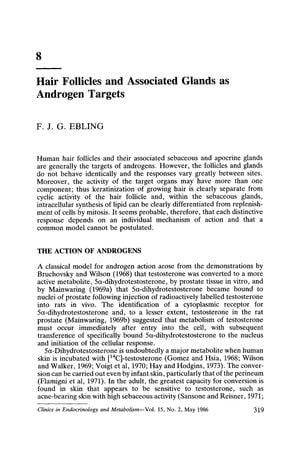TLDR Androgens like testosterone affect hair growth and oil production differently across body parts and individuals.
The document from 1986 discusses how androgens, particularly testosterone and its derivative 5α-dihydrotestosterone, influence hair growth and sebum secretion. It notes that the response of hair follicles and sebaceous glands to androgens varies by body site and individual. Testosterone is shown to extend the active growth phase of hair follicles and increase hair thickness, growth rate, and pigmentation, especially on the face, trunk, and extremities. The lower pubic triangle can develop without the conversion of testosterone to 5α-dihydrotestosterone, which is necessary in other areas. Sebaceous glands respond to androgens differently, with cell replication and lipid synthesis not uniformly controlled, and may be influenced by pituitary factors such as growth hormone, prolactin, and melanocyte stimulating hormone. The document highlights that the degree of hair growth or sebum secretion may not correlate directly with plasma androgen levels or sex hormone-binding globulin (SHBG) levels, but rather with the sensitivity of the target organ to androgens. Some patients with hirsutism or acne have abnormal androgen or SHBG levels, but many do not, suggesting that peripheral response to androgens is a critical factor in these conditions.
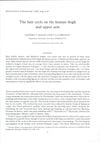 67 citations
,
July 1985 in “British journal of dermatology/British journal of dermatology, Supplement”
67 citations
,
July 1985 in “British journal of dermatology/British journal of dermatology, Supplement” Men's thigh hair grows longer and has a longer growth cycle than women's, but arm hair growth is similar between genders.
 29 citations
,
September 1983 in “British Journal of Dermatology”
29 citations
,
September 1983 in “British Journal of Dermatology” Men with hair loss have lower SHBG and higher saliva testosterone levels, suggesting increased androgen activity.
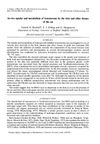 8 citations
,
May 1982 in “Journal of Endocrinology/Journal of endocrinology”
8 citations
,
May 1982 in “Journal of Endocrinology/Journal of endocrinology” Rat skin takes up and processes testosterone differently than other organs, with testosterone being more important for the skin than its metabolite 5α-DHT.
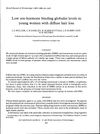 40 citations
,
March 1982 in “British Journal of Dermatology”
40 citations
,
March 1982 in “British Journal of Dermatology” Young women with diffuse hair loss may have low SHBG levels, which could lead to more active testosterone and contribute to their hair loss.
16 citations
,
February 1978 in “Journal of steroid biochemistry/Journal of Steroid Biochemistry” Dihydrotestosterone specifically binds to hamster sebaceous glands, with a higher affinity than testosterone.
66 citations
,
October 1977 in “British journal of dermatology/British journal of dermatology, Supplement” Cyproterone acetate reduces hair growth and oil production.
 666 citations
,
September 1977 in “British Journal of Dermatology”
666 citations
,
September 1977 in “British Journal of Dermatology” Common baldness, also known as Androgenetic Alopecia, is caused by a combination of genetic factors and hormones called androgens.
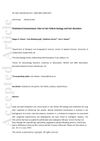 25 citations
,
July 2019 in “Experimental Dermatology”
25 citations
,
July 2019 in “Experimental Dermatology” Cholesterol balance is important for hair health, and problems with it can lead to hair loss conditions.
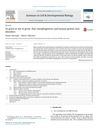 43 citations
,
December 2013 in “Seminars in Cell & Developmental Biology”
43 citations
,
December 2013 in “Seminars in Cell & Developmental Biology” Genetic mutations can cause hair growth disorders by affecting key genes and signaling pathways.
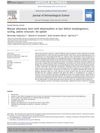 52 citations
,
October 2012 in “Journal of Dermatological Science”
52 citations
,
October 2012 in “Journal of Dermatological Science” The document concludes that mouse models are crucial for studying hair biology and that all mutant mice may have hair growth abnormalities that require detailed analysis to identify.
 240 citations
,
April 2011 in “Pigment Cell & Melanoma Research”
240 citations
,
April 2011 in “Pigment Cell & Melanoma Research” Melanocyte stem cells in hair follicles are key for hair color and could help treat greying and pigment disorders.
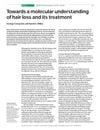 236 citations
,
July 2001 in “Trends in Molecular Medicine”
236 citations
,
July 2001 in “Trends in Molecular Medicine” Future hair loss treatments should aim to extend hair growth, reactivate resting follicles, reverse shrinkage, and possibly create new follicles, with gene therapy showing promise.
14 citations
,
May 1979 in “International Journal of Dermatology” Trichostasis spinulosa mainly affects the nose, with many tiny hairs in one follicle, possibly influenced by hormones and sunlight.
